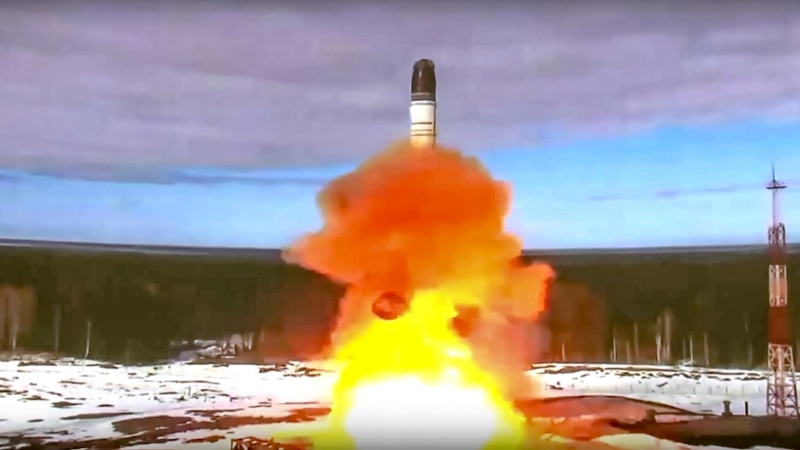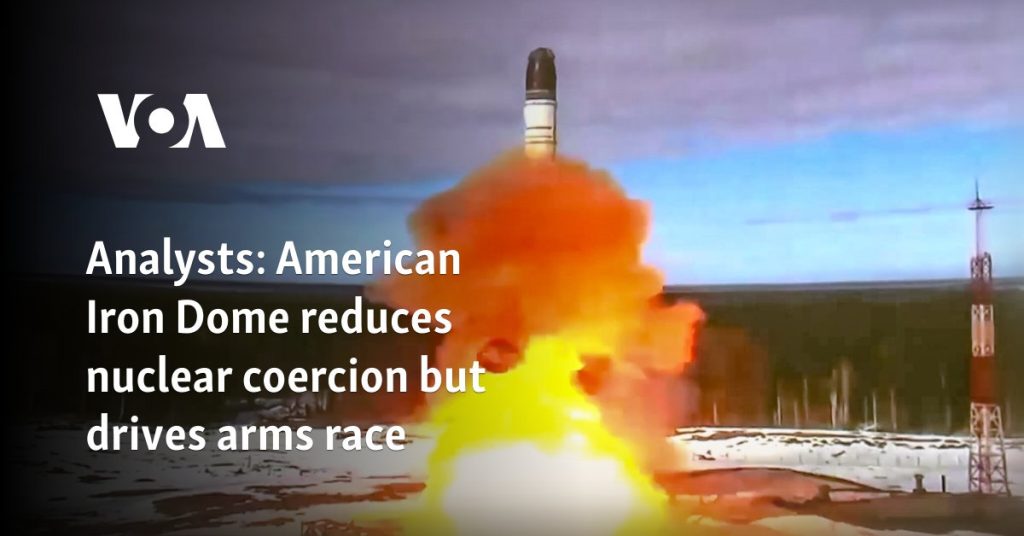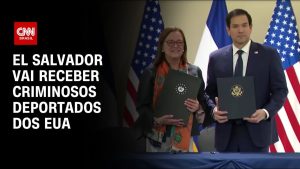
U.S. President Donald Trump’s order to build an American version of the Iron Dome to shield the U.S. from aerial attacks will deter China and Russia from coercing the U.S. using nuclear weapons but could drive a three-way arms race, said analysts.
The U.S. government’s Missile Defense Agency on Friday asked the defense industry to identify technologies and capabilities available to construct the Iron Dome for America. The deadline is the end of February.
It made the request in response to Trump’s executive order signed on Jan. 27, setting forth a motion to build an American Iron Dome.
“The United States will provide for the common defense of its citizens and the Nation by deploying and maintaining a next-generation missile defense shield,” the executive order stated.
The American Iron Dome will defend the U.S. “against ballistic, hypersonic, advanced cruise missiles, and other next-generation aerial attacks from peer, near-peer, and rogue adversaries,” according to the statement.
It will ensure the U.S. has “its second-strike capability,” meaning it would be able to launch nuclear retaliation.
The Iron Dome would also include a review of missile defense posture to identify ways for U.S. allies and partners to increase cooperation on missile defense development and operations.
Trump ordered Defense Secretary Pete Hegseth to draw up a plan in the next three months to build the missile shield.
Strengthening deterrence
Robert Peters, research fellow for Nuclear Deterrence and Missile Defense at the Heritage Foundation, said on Thursday via phone, the Iron Dome for America “will take away the option for nuclear coercion that an actor could try to hold over the U.S.” in addition to defending the U.S. from an actual strike.
“It is feasible for us to build an Iron Dome,” he said, “and there is no reason why we should not do so, particularly given that we are seeing the autocrats in North Korea, China, and Russia engaging in nuclear coercion.”
Russian President Vladimir Putin has threatened to use nuclear weapons multiple times during an ongoing war in Ukraine that began with its invasion in 2022.
In November, Putin revised the Russian threshold for using nuclear weapons in a doctrine issued after former U.S. President Joe Biden allowed Ukraine to strike targets inside Russia with U.S.-made longer-range missiles.
The doctrine announced that Russia has the right to use nuclear weapons to respond to a conventional weapons attack. Previously, Russia reserved the right to use nuclear weapons only when an attack threatened its existence.
Patrycja Bazylczyk, a research associate for the Missile Defense Project at the Center for Strategic and International Studies, said, “If implemented well, an ‘iron dome for America’ could bolster American defense and affect the strategic calculus of our adversaries.”
She told VOA on Monday, “Improving homeland air and missile defenses reduces the confidence of a potential attacker, thereby raising the threshold for attack and contributing to deterrence.”
The Iron Dome plan resembles former President Ronald Reagon’s proposed dual objective of Strategic Defense Initiative (SDI) and nuclear disarmament, said Hans Kristensen, the director of the Nuclear Information Project at the Federation of American Scientists (FAS).
The SDI, also came to be called Star Wars, was announced in 1983 to develop a space-based defense system to protect the U.S. from nuclear missiles.
Risk of arms race
Trump’s “Iron Dome initiative, to some extent, echoes his concern about nuclear weapons,” but “a stronger U.S. missile defense system would almost certainly make it more difficult to reach a nuclear agreement with Russia and China because of their concern that more effective missile defenses would increase the threat to their nuclear retaliatory capability,” continued Kristensen.
Trump said in a video message to the World Economic Forum in Davos, Switzerland, on Jan. 23 that he wants to discuss “denuclearization” with Russia, and that China would need to come along.
Kristensen told VOA on Thursday that “FAS applauds Trump’s remarks about the need for nuclear limits and eventually denuclearization and urge the administration to pursue these goals.”
He added, “Nuclear deterrence can be maintained with far fewer nuclear weapons” and having nuclear reduction talks is “urgent because the New START treaty expires in about one year.”
The New Strategic Arms Reduction Treaty (New START), a nuclear arms reduction treaty between the U.S. and Russia, is set to expire in February 2026.
Daryl Kimball, executive director of Arms Control Association, told VOA on Friday Trump envisions “more ambitious system to thwart strategic missile attacks by Russia or China” than his efforts in 2019.
“It is not realistic to believe that an effective system would be feasible anytime soon, if ever, mainly because adversaries will respond by seeking to overwhelm missile defense systems in order to maintain their own capacity to deter U.S. conventional or nuclear attack,” he said.
Kimball added, however, “We welcome Trump’s interest in negotiating agreements with Russia and China to reduce the ‘tremendous’ costs of nuclear weapons by reducing or ‘denuclearizing’ with Russia and China. Without such a deal, we could see a costly three-way offensive nuclear arms races that no one can win.”
The U.S. has about 5,044 nuclear warheads while Russia has over, 5,500 and China has approximately 500 nuclear warheads, according to the FAS.
The Pentagon in its annual report released in December on China’s military estimates that China will have more than 1,000 operational nuclear warheads by 2030.
North Korea, through its state-run KCNA, on Monday expressed opposition to the U.S. plan to build the Iron Dome, describing it as a “hegemonic attempt to maintain its military supremacy.”
The Chinese Embassy in Washington told VOA on Monday that it does not have any comments on the issue at this time.
A top Russia diplomat quoted by the state news agency Tass on Thursday said America’s Iron Dome “puts an end to the prospects of strategic offensive arms reduction on nuclear and missile arsenals in favor of their quantitative and qualitative increase.”
Richard Weitz, director for the Center for Political-Military Analysis at Hudson Institute, said, “The Russians and Chinese have always said that if the U.S. builds better defenses, they’re going to build better offenses so they can overcome these defenses.”
He told VOA on Thursday, the Iron Dome effort, along with Trump’s interest in having nuclear reduction talks with China and Russia, aims to reduce overall threats to the U.S., but it would be difficult to get China on board denuclearization talks.








